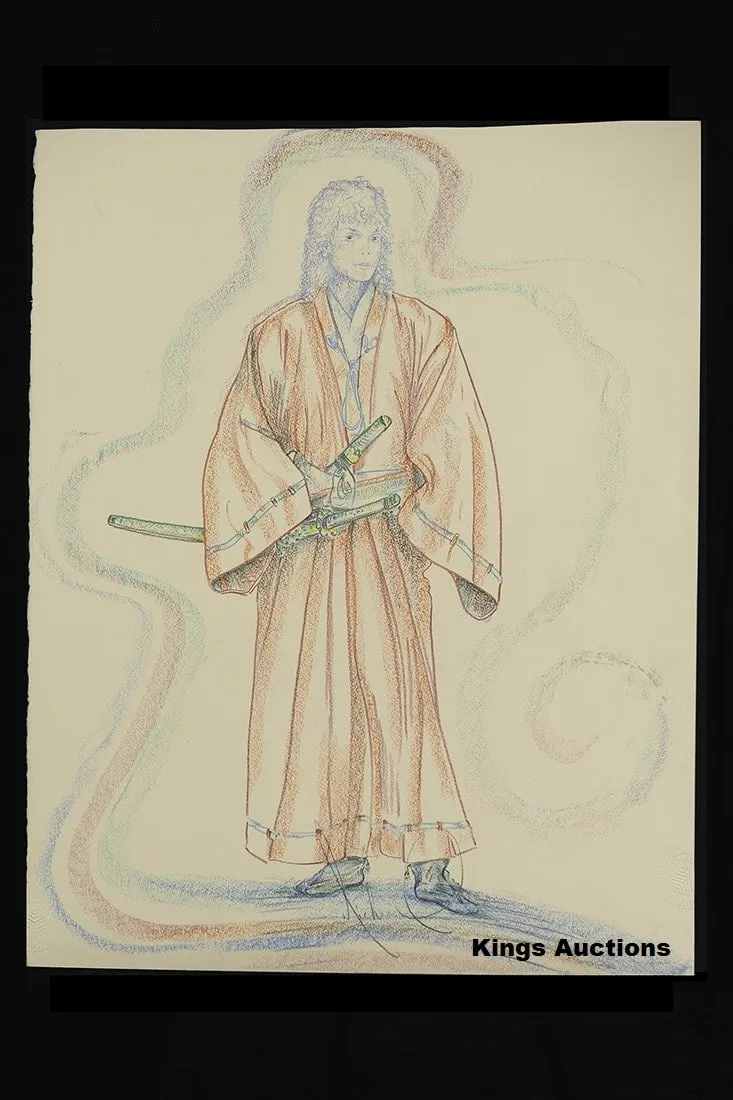Franz Kline’s Life, Art, and History at Auction
After World War II, the Expressionist movement inspired many artists, including Frank Kline, who produced numerous large-scale abstract artworks. Along with Mark Rothko and Jackson Pollock, Kline put New York on the map as the center of contemporary abstraction. Franz Kline is regarded as one of the most prominent contributors to the movement. His black and white abstract works feature bold brushstrokes.

Born in 1910 in Pennsylvania, Kline earned his degree at Boston University and Heatherly’s School of Art. In 1938, after moving to New York, the artist started working in the Realism style. His earlier works portrayed the liveliness of city life. In the mid-1940s, Kline developed a fascination with the expressiveness of abstract art. He then started to simplify the elements of his earlier figurative style, gradually shifting towards abstraction. His later paintings were produced with lines of thick impasto in black and white pigment.
Kline’s abstract work received great recognition as he explored the use of monochrome palettes. After developing his signature style, his abstracts were compared to Chinese calligraphy. “When I look out the window – I’ve always lived in the city – I don’t see trees in bloom or mountain laurel. What I do see – or rather, not what I see but the feelings aroused in me by that looking – is what I paint,” Kline’s words describe the spontaneity with which his paintings and large abstractions were produced. Black and white lines used in his art were often perceived as a portrayal of human affections. The artist began reintroducing color to his artwork shortly before his passing in 1962.

Over the years, Franz Kline’s paintings have seen much success in the auction world. In 2012, a 1957 untitled painting by Kline sold for USD 40.4 million to an anonymous buyer at a Christie’s New York auction. This price set a new record, exceeding the previous record six times over. It also went higher than its estimate, which ranged between $20 million to $30 million.
The previous record stood at $6.4 million in 2005 at another Christie’s auction. Titled Crow Dancer, the 1958 painting shows swift brushwork against the white canvas. Experts point out that four Klines have each sold privately for over $20 million.

Another piece titled Composition shows rising interest in Kline’s works. This piece displays the artist’s commanding brushwork and unique style. Painted in 1950, this work sold for $4,013,000, surpassing its high estimate of $4 million.
According to the lot essay, “The present work is brilliantly demonstrative of the artist’s sophisticated brand of Action Painting, evoking the compositional equilibrium that has become such an indelibly significant aspect of his artistic legacy.” The dynamism of the painting evokes a strong response from viewers.
Interested in learning more about artists’ auction histories? Auction Daily recently looked at the art and auction highlights of Jackson Pollock.









